|
Some basics for bootmen

Hiking Boots |
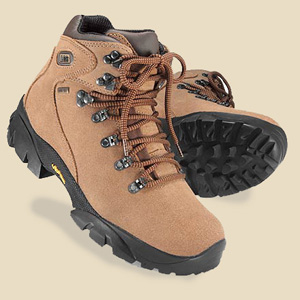
|
Hiking boots aren't just regular boots that you wear when hiking.
They are boots made specifically for rugged hiking trails, and therefore
are made to meet specific requirements to accommodate both the wearer's
safety and comfort.
The feature of a hiking boot that sets it apart from other types of
boots is a sturdy sole. Hikers do not want to feel rocks or stones on
trails, so the soles need to be sturdy and thick enough so that this is not
a problem. Hiking boots should also have enough padding so that the sides
of the feet are protected too.
|
| |
| ENJOYING HIKING IN GOOD BOOTS |
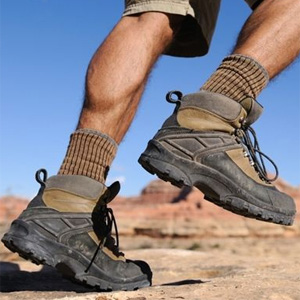
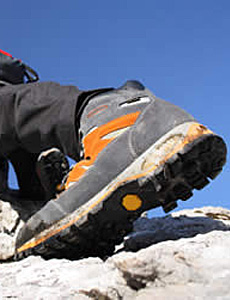
| Nothing can end a great outdoor experience quicker than
painful blisters, pinched toes or even injuries caused by inappropriate hiking
boots. The comfort, fit and construction of appropriate footwear can also add
to your margin of safety in rugged terrain.
There are different kinds of hiking boots depending on where you will
be hiking in them. Select boots that are designed to provide the support
and protection you will need for the most difficult terrain you expect to
encounter.
The load you carry makes a difference. The heavier your load, the more
support you will need in the boots on your feet.
Most hiking boots these days no longer have a metal shank and other
heavy elements to make the boot stable. High-tech materials have replaced
them and yet result in a lighter, sturdy, and supportive boot.
Hiking boots are available in all-leather versions or a combination of
fabric and leather. Fabric-and-leather boots are lighter and easier to break
in, but all-leather boots offer added protection and durability in rigorous
terrain, as well as being water resistant and breathable.
Some hiking boots are made to be water resistant. Some are also better
for use in very hot weather or in cold conditions. Synthetic linings such as
Gore-Tex® keep water out while allowing perspiration to escape.
|
| |
| TYPES OF HIKING BOOTS |
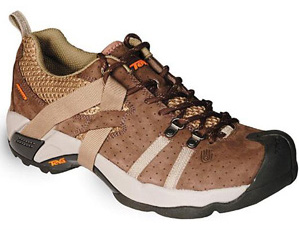
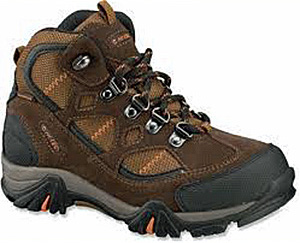
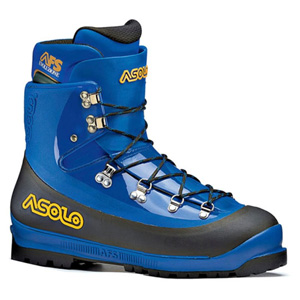
|
There are three typical types of hiking boots used today:
Trail Shoes: good for hiking in a dry climate and on well-established
paths that don't have a lot of rocks. High-quality trail shoes are ideal for
one-hour to one-day hikes when you are carrying a light day pack.
Trail Hikers: these are sturdier, higher-cut water-resistant boots
which have added stability and ankle protection against limbs and rocks. These
are best for use on steeper inclines and muddy paths, or if you're planning to
stay out for three days to a week.
Mountaineering hikers: an extremely strong boot with a stiff sole
that provides strong ankle support and protection. These boots work well with
crampons and other equipment that may be necessary for certain types of hiking
on mountains or glaciers.
|
| |
| MANUFACTURERS OF HIKING BOOTS |
| There are many companies that make hiking boots. Some of
the most popular include: Altama, Columbia, Guide Gear, Kodiak, Northface,
Rocky, Timberland, Viberg, and Wolverine. |
| |
|
Content from Wikipedia, L.L. Bean, various internet sources, and Booted Harleydude. Pictures from internet sources.
Text from Wikipedia
article on Hiking Boots and as edited and contributed to by Booted
Harleydude. Text of this article is licensed under the
GNU Free Documentation License.
|

Tutorial - Types of Boots
Boot Information Resources
Boot Information Page Index
|

